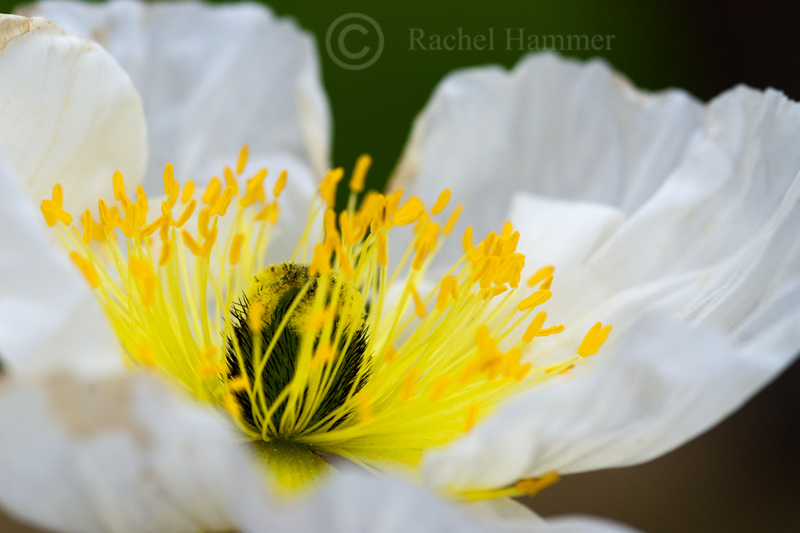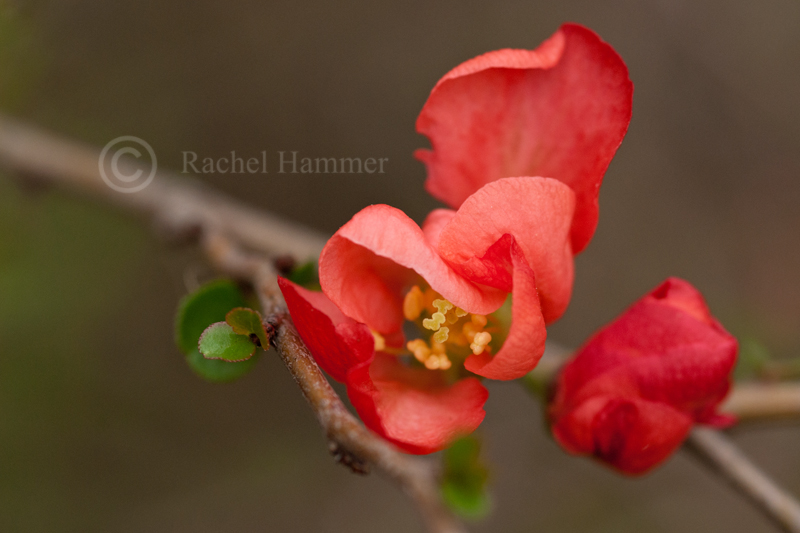I'm trying to write a few posts to schedule before I begin my residency training.
I was able to take a trip to Sequoia & King's Canyon National Parks recently, so I thought I would share some of my photos, and some advice, with you.
Like I talked about in my Niagara post, there are some unique challenges presented by "over-photographed" locations. One of the difficulties you might encounter is crowds. Popular national parks can become just as crowded as Disney World during peak season, making it difficult to get the shots you want. You may fare better visiting off-season, even though certain elements of the park may be inaccessible or closed due to weather.
(Parts of Sequoia & King's Canyon are closed through the middle of May for winter).
By visiting off-season, I was able to get this classic photograph without any tourists in the frame. Of course, if you like studying humanity's interactions with nature, going during peak season may be just for you!
To an extent, by visiting Sequoia/King's Canyon instead of the more popular (and very close by) Yosemite, you'll be dodging some of the tourist traffic.
Another way to deal with overcrowding is to avoid the "big ticket" locations. Taking less-traveled trails may bring you unique vistas without having to fight through 20 tourists to get your images. The picture above is taken from the Hump Trail in Sequoia National Park. (The same view can be seen from the more popular Watchtower Trail, but this trail is closed until the end of May.)
Whatever you do, don't forget to experiment. A park may be "known" for particular features (Sequoia is, obviously, known for its sequoia trees), but don't feel obligated to dedicate your time to these landmarks if you don't want to. As evidenced by this post, I had more fun shooting mountain landscapes from Sequoia than I did shooting forests, even though this is not the "notable" feature of this park.
As a follow-up to this post on composition, notice how the trees in the foreground lend interest to the mountains behind them. It's always a good idea to include foreground elements in landscape photographs to "ground" the images and give them a sense of place.
Okay, that's it for me right now. Like I said, unfortunately, my posts will continue to be short and somewhat sporadic for a while. But, on to you -- what did you do this summer?
Please remember to share, follow, and subscribe via the fancy sidebar options! Here is my redbubble and my 500px. Here is my tumblr and here I am on bloglovin.





































